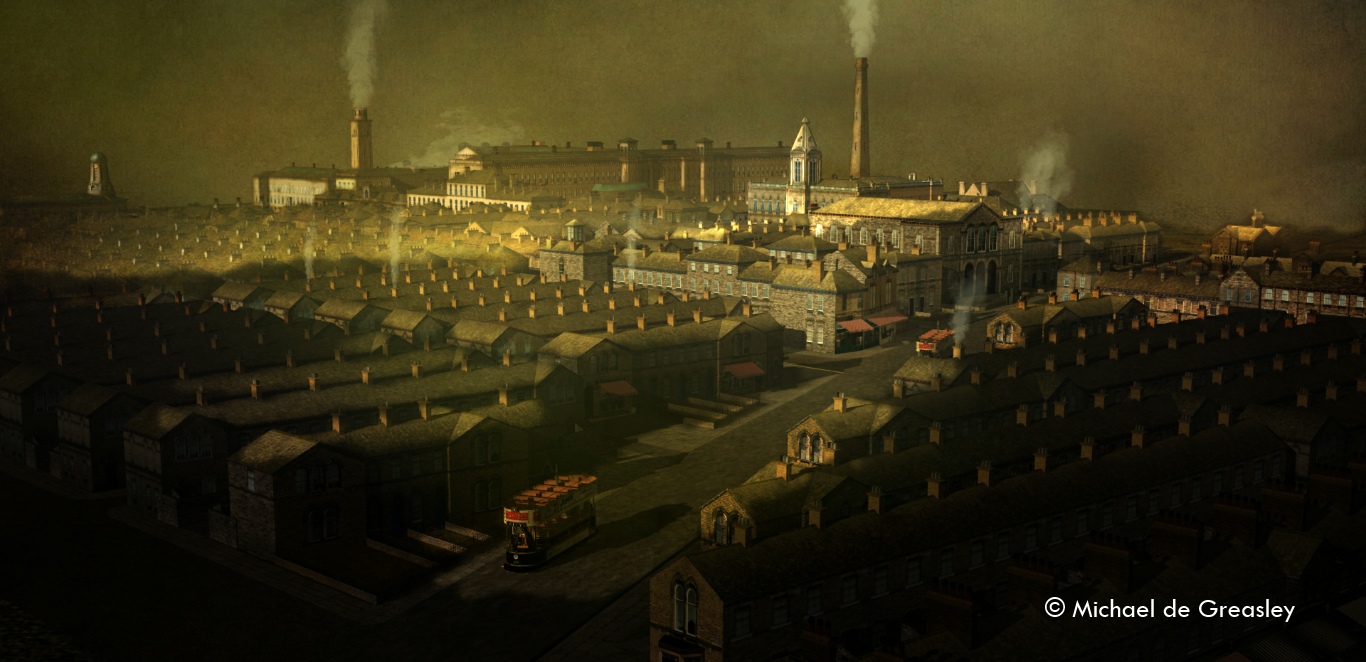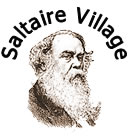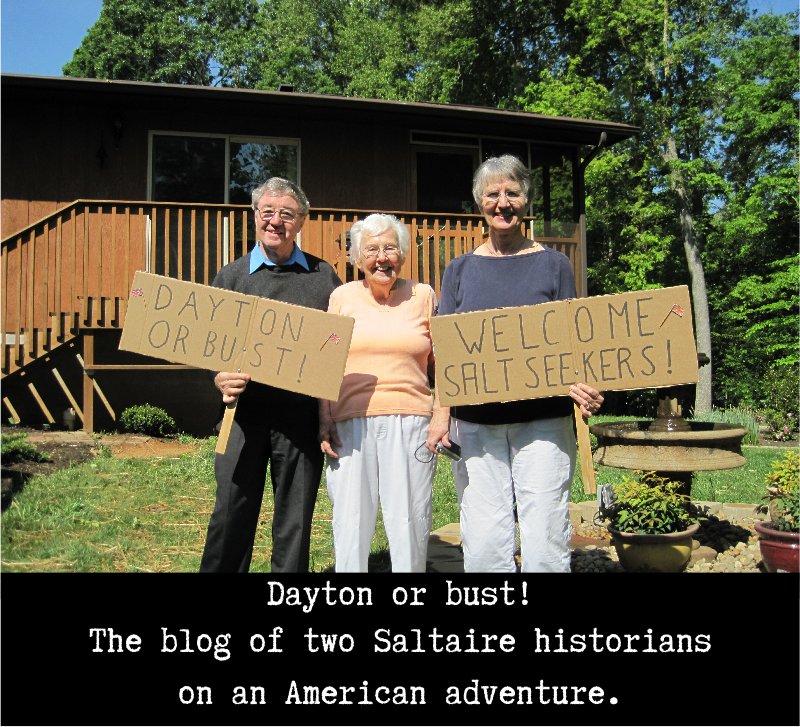Dayton or Bust! The blog of 2 Saltaire historians on an American Adventure
Day 11: Final day
Saturday 5 May
Today’s been a big day for us. The morning was spent further exploring the coal mines alongside Richland Creek. The scale of Salt’s enterprise here is difficult to grasp initially. We were shown ventilation shafts bored from the surface to reach the mine workings well below. What we had previously understood to be Richland Mine (see our blog for Day 3) turned out to be no more than the entrance to one of the horizontal ventilation shafts. More shafts are strung out along the hillside. The only reliable way of finding these is through the use of GPS locating based on previous searches. It’s a bit unnerving hacking across the hillside towards an unmarked 30 ft shaft covered in vegetation. Trying to do this without expert guidance is asking for trouble.
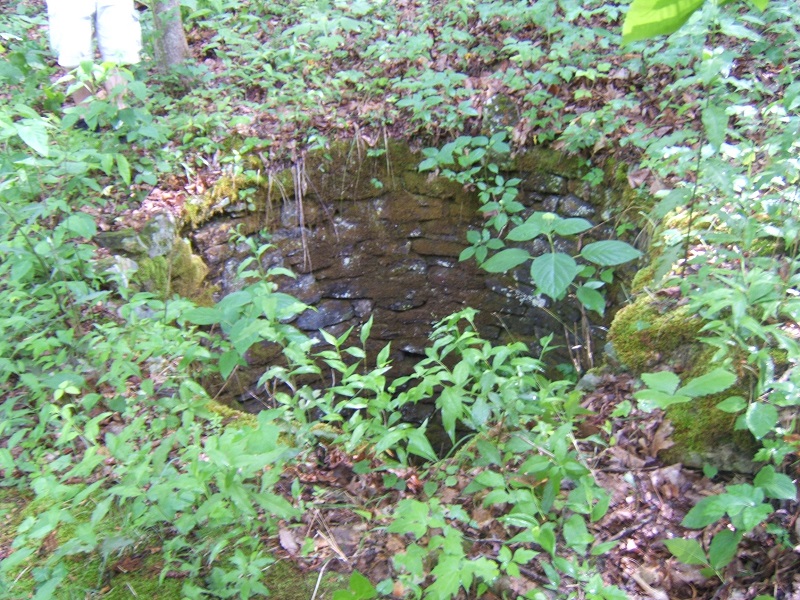
Mind the ventilation shaft!
The mines in this area were almost exclusively coal mines – rich seams of bituminous coal suitable for coke production which would be subsequently used in the iron blast furnaces down the valley. However, most of the iron smelted was actually being brought in from further afield, including, it is thought, the Georgia mines that the company also owned.
Early afternoon we broke off the exploration to go down to the famous Dayton Courthouse, scene of the Scopes Monkey Trial of 1925. William Wade spoke eloquently on the history of the Dayton Coal & Iron Co. We gave talks on the history of Saltaire, the Salt family & their Dayton venture. We were honoured to be speaking in such a historic setting.
In the afternoon a group of us were taken by the Trail Rangers’ vehicles to the Nelson Mine, also part of the D C & I Co, but across the Creek into less accessible, privately owned land. This was the location of great rows of coke ovens, where in a systematic industrial operation coal was first washed & then converted to coke. Working conditions around these very hot ovens, in Tennessee’s roastingly hot summer months can only be imagined.
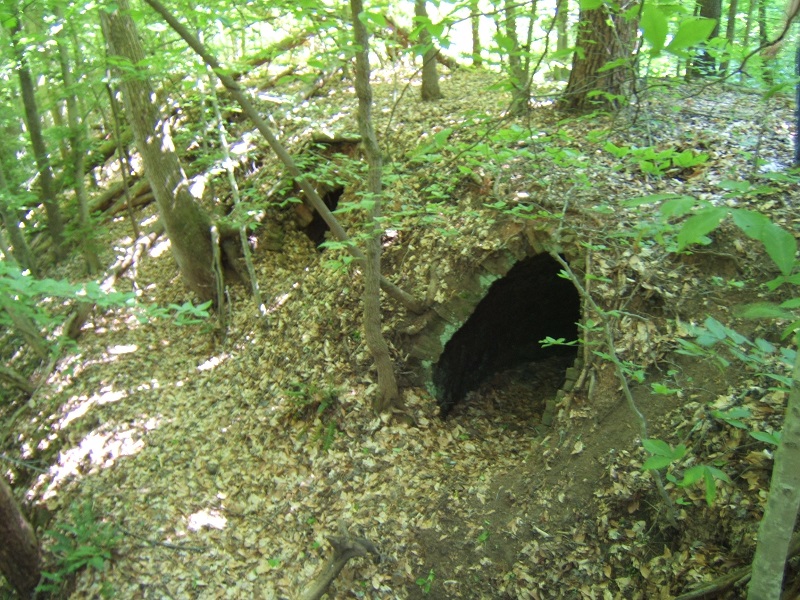
One of the hundreds of coke ovens at the Nelson Mine
 Click on image to magnify.
Click on image to magnify.
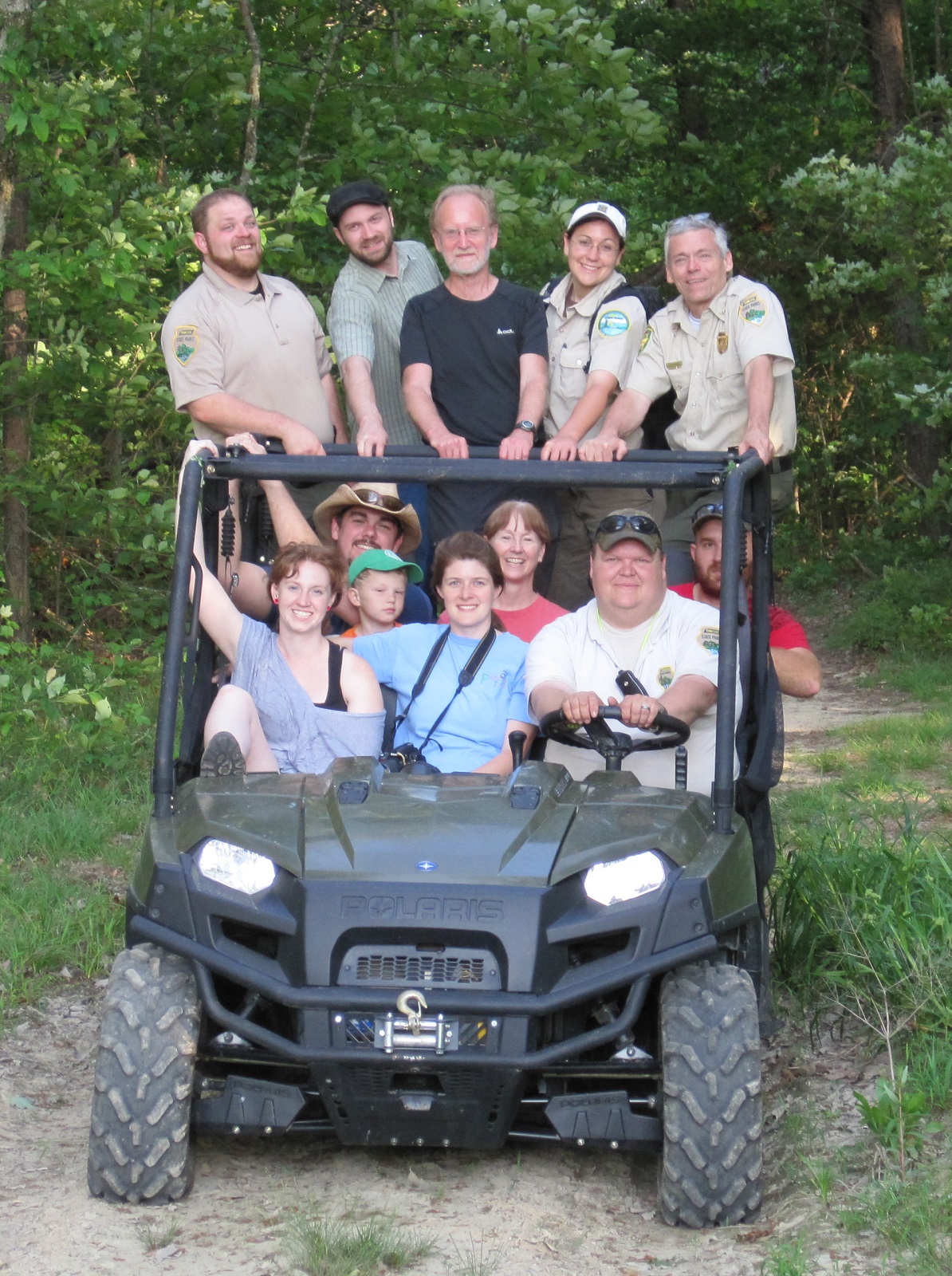
Return to Base - click on image for full size
Once again the cost & scale of the operation in the 1880s was brought home to us – it was comparable, we believe, to the building of Saltaire.
Finally, an exciting ride up rough ground to a look-out point that Titus Jr may well have visited – Buzzard Point. Affording spectacular views stretching more than 70 miles in some directions, it allowed us to look down on Richland Creek for the first time.
A fitting end to a wonderful journey of discovery for the two of us.
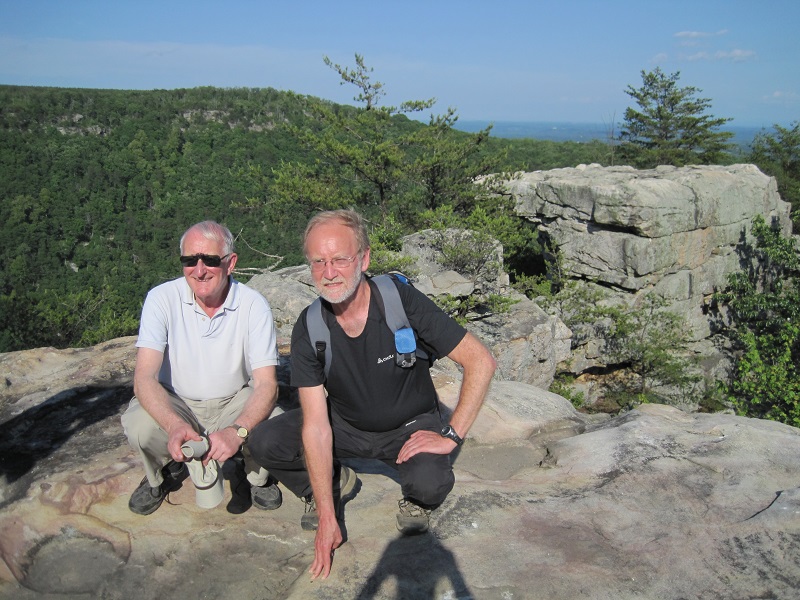
The two of us on Buzzard Point
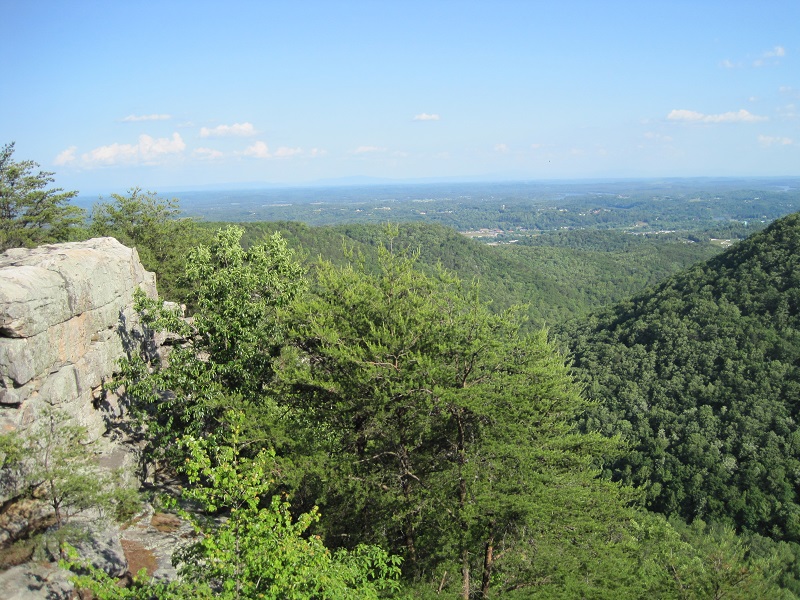
View of Tennessee Valley from Buzzard Point
There are many people deserving of very special thanks for what has been an absolute joy for us – Bob Fulcher, George & Andrea Wignall, William Wade, the several friends in the Rhea County Historical Society, Bob’s staff of Cumberland Trail Wardens – the list goes on. And, back home in Saltaire: as always – the much treasured Pamela for managing this blog for us.
Tomorrow it’s home, so we’re ending this blog now. To the Folk in Dayton: please come & visit Saltaire! May the two communities’ links grow stronger in the coming years.
David & Dave
